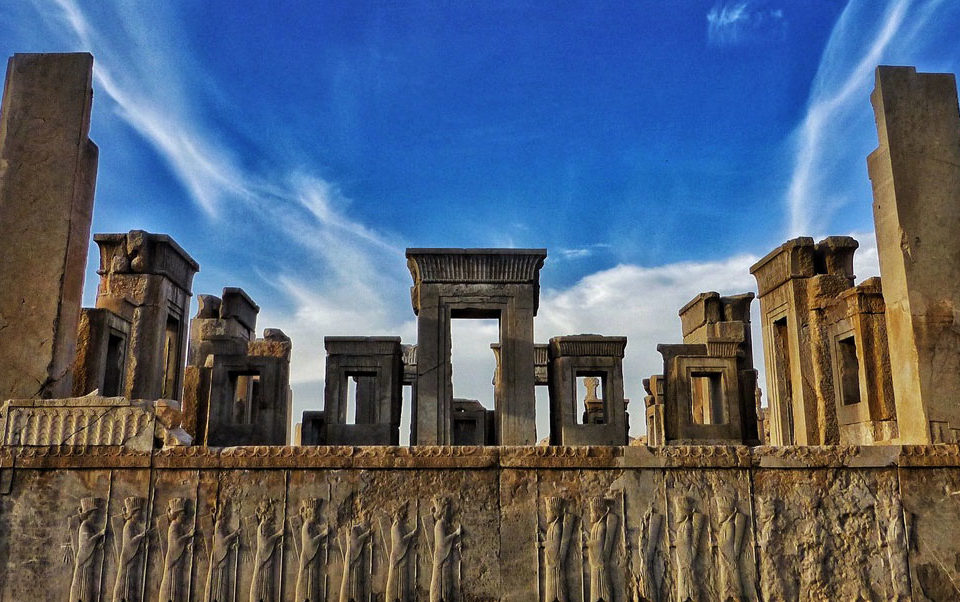Persepolis (Old Persian: , Pārsa) was the ceremonial capital of the Achaemenid Empire (ca. 550–330 BCE). It is situated 60 km northeast of the city of Shiraz in Fars Province, Iran. The earliest remains of Persepolis date back to 515 BCE. It exemplifies the Achaemenid style of architecture. UNESCO declared the ruins of Persepolis a World Heritage Site in 1979.
The English word Persepolis is derived from Greek Persépolis (Περσέπολις), a compound of Pérsēs (Πέρσης) and pólis (πόλις), meaning “the Persian city” or “the city of the Persians”. To the ancient Persians, the city was known as Pārsa , which is also the word for the region of Persia.[
An inscription left by Sasanian prince Shapur Sakanshah, the son of Hormizd II, refers to the site as Sad-stūn, meaning “Hundred Pillars”.[5] Because medieval Persians attributed the site to Jamshid,[ an Iranian mythological king, it has been referred to as Takht-e-Jamshid (Persian: تخت جمشید, Taxt e Jamšīd; [ˌtæxtedʒæmˈʃiːd]), literally meaning “Throne of Jamshid”. Another name given to the site in the medieval period was Čehel Menār, literally meaning “Forty Minarets”.


